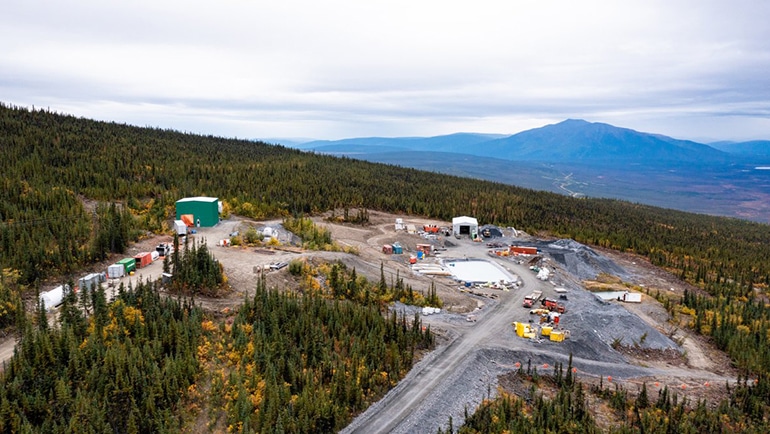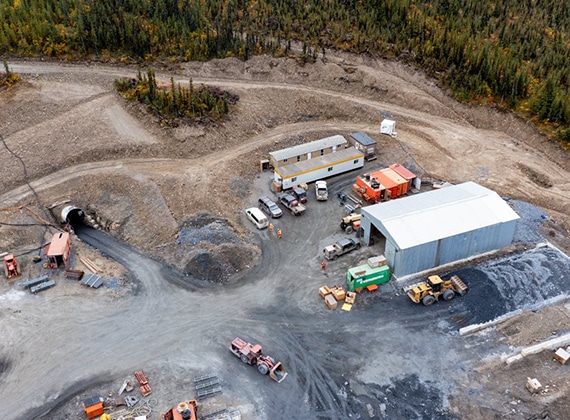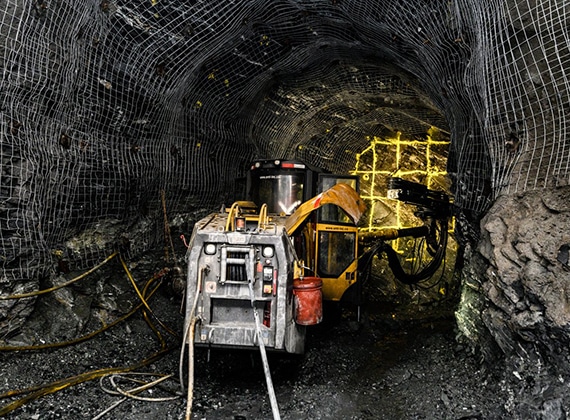There has been active exploration and development of the Keno Hill Silver District since 2006. During that time, there has been several significant discoveries including the Flame and Moth and Bermingham deposits that form the backbone of Hecla Yukon’s current mining operations. This exploration success at the Bermingham and Flame & Moth deposits demonstrates the potential to continue growing the District’s mineral resource.
Under a unique contractual agreement with the Government of Canada, Hecla can explore, develop, and produce from historic and newly discovered deposits within the District. The Government of Canada indemnifies the potential liabilities associated with the historic operations in the District under the terms and conditions of the commercial agreement subject to the requirement for ERDC to develop, permit and implement the Site Reclamation Plan.
The underground definition and surface exploration drilling programs continued to be focused on extending mineralization, resource conversion in the high-grade Bermingham Bear Zone Veins (Bear, Footwall, and Main Vein Zones), and discovering and defining new mineral resources on other vein structures in the district. In 2024, of the $25.4 million planned for exploration and pre-development spend, 32% is planned for exploration at Keno Hill.

















